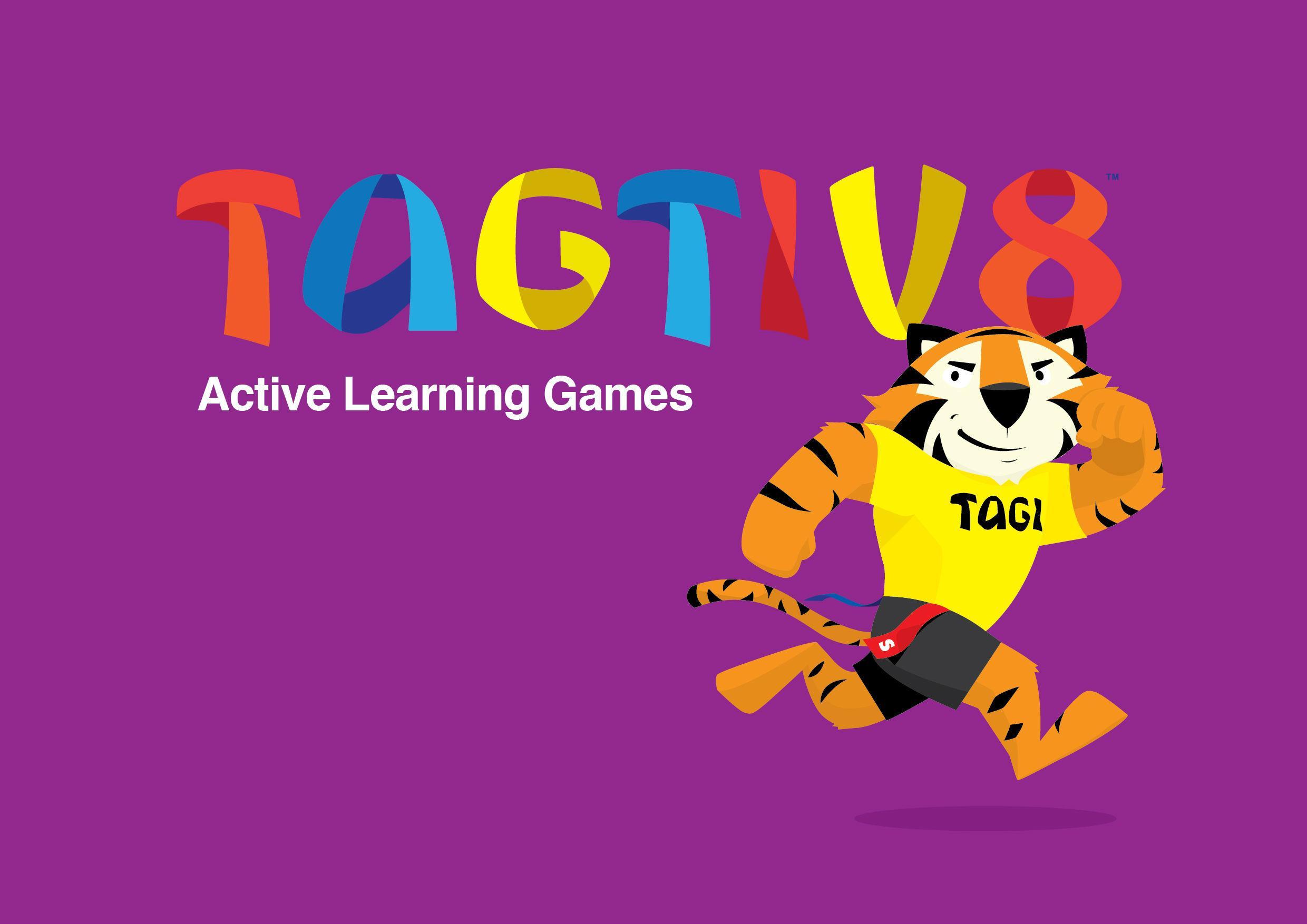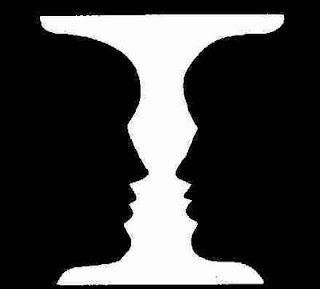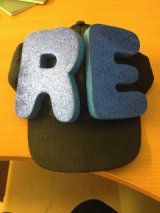Guest Blog By Bryn LLewellyn
Back in the day when I was a young primary teacher, I used various apparatus to help children develop a greater understanding of numbers and the number system. Armed with boxes of counters, Diennes, cuisenaire rods, multi-link, multi-bond, number lines and 100 squares, I would create problems to be solved and investigations to be erm, investigated.
I can also recall a bygone Numeracy INSET session, whereby the ‘latest greatest mathematics teaching tool’ was revealed...the Counting Stick.
I was recently talking to a Head Teacher, who was telling me that he and his staff considered the Tagtiv8 Number kit to be one of their most versatile resources to help deliver the Mathematics National Curriculum. Needless to say, I was delighted to receive such high praise.
The physical part of Tagtiv8’s unique active learning games get the endorphins and adrenaline flowing. Learners are then in better mindset to tackle the various mental challenges and the results often surprise the teachers:

These mental challenges often incorporate the best question a teacher can ever ask:
“What do you notice?”
Whether the question relates to ordering, composition, patterns and/or missing numbers, this is one of the most perfect open-ended questions you can ask your learners as they reason with their findings.
Funnily enough, the question, “What do you notice?” is also the name of one of the most successful games in the Tagtiv8 Maths portfolio.
How to play “What do you notice?”
You will need Tags or digi-cards with numbers 1-100.
Distribute the numbers 1-10 evenly around the edge of the hall or playing area.
Alternatively, use ten mini-whiteboards numbered 1-10.
Option 1
Ask the learners to sort the numbers 11 - 99 by adding the digits of each number together and placing them next to the appropriate external number, 1-10. For example, number 14 (1+4) goes to external number 5, number 36 (3+6) goes to external number 9 on the edge of the playing area.
Any numbers (e.g. 59) that do not match the outside numbers need to be left in the middle of the playing area.
After the numbers have been placed next to the external numbers, 1-10, ask the learners to sort them, smallest to largest.
When complete, let the learners look at the numbers and ask the them, ‘What do you notice?’ Ask them to explain why this could be.
Bring the learners into the middle of the playing area and ask them to order the numbers that are remaining, smallest to largest.
Ask them, ‘What do you notice?’
Option 2
Alternatively, you could sort all the numbers in the way described above, but extend it to the bold numbers below:
29 = 2+9 = 11 = 1+1 = 2;
38 = 3+8 = 11 = 1+1 = 2;
39 = 3+9 = 12 = 1+2 = 3;
49 = 4+9 = 13 = 1+3 = 4 etc.
As to the results...they make for interesting discussion:
Option 1
External Numbers
Number 1 (100) - 1 number
Number 2 (11, 20) - 2 numbers
Number 3 (12, 21, 30) - 3 numbers
Number 4 (13, 22, 31, 40) - 4 numbers
Number 5 (14, 23, 32, 41, 50) - 5 numbers
Number 6 (15, 24, 33, 42, 51, 60) - 6 numbers
Number 7 (16, 25, 34, 43, 52, 61, 70) - 7 numbers
Number 8 (17, 26, 35, 44, 53, 62, 71, 80) - 8 numbers
Number 9 (18, 27, 36, 45, 54, 63, 72, 81, 90) - 9 numbers (ALSO 9x Table).
Number 10 (19, 28, 37, 46, 55, 64, 73, 82, 91) - 9 numbers
Internal Numbers
Twenties 29 - 1 number
Thirties 38, 39 - 2 numbers
Forties 47, 48, 49 - 3 numbers
Fifties 56, 57, 58, 59 - 4 numbers
Sixties 65, 66, 67, 68, 69 - 5 numbers
Seventies 74, 75, 76, 77, 78, 79 - 6 numbers
Eighties 83, 84, 85, 86, 87, 88, 89 - 7 numbers
Nineties 92, 93, 94, 95, 96, 97, 98, 99 - 8 numbers
Option 2
If the second approach is used, the pattern is different:
Number 1 (10, 100) - 2 numbers
Number 2 (11, 20, 29, 38, 47, 56. 65, 74, 83, 92) - 11 numbers
Number 3 (12, 21, 30, 39, 48, 57, 66, 75, 84, 93) - 11 numbers
Number 4 (13, 22, 31, 40, 49, 58, 67, 76, 85, 94) - 11 numbers
Number 5 (14, 23, 32, 41, 50, 59, 68, 77, 86, 95) - 11 numbers
Number 6 (15, 24, 33, 42, 51, 60, 69, 78, 87, 96) - 11 numbers
Number 7 (16, 25, 34, 43, 52, 61, 70, 79, 88, 97) - 11 numbers
Number 8 (17, 26, 35, 44, 53, 62, 71, 80, 89, 98) - 11 numbers
Number 9 (18, 27, 36, 45, 54, 63, 72, 81, 90, 99) - 11 numbers (ALSO 9x Table).
Number 10 (19, 28, 37, 46, 55, 64, 73, 82, 91) - 10 numbers

Many teachers like the Tagtiv8 number kit because the odd and even numbers are easily differentiated by colour, helping many of the learners notice patterns more readily.

Bryn Llewellyn is the creator and director of Tagtiv8 Active Learning Games.
For further information, please contact Team Tagtiv8:
Website:@tagtiv8


 Many teachers like the Tagtiv8 number kit because the odd and even numbers are easily differentiated by colour, helping many of the learners notice patterns more readily.
Many teachers like the Tagtiv8 number kit because the odd and even numbers are easily differentiated by colour, helping many of the learners notice patterns more readily.







Leave your comments
Login to post a comment
Post comment as a guest